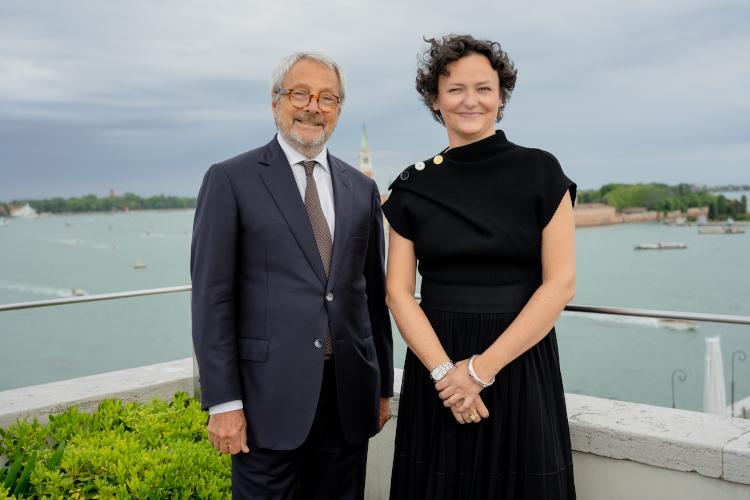
The 59th edition of the Venice Biennale will be titled “The Milk of Dreams,” the exhibition’s artistic director, Cecilia Alemani, announced on Wednesday. The exhibition will run from April 23 to November 27.
The show takes its name from a series of drawings that the British-born Surrealist artist Leonora Carrington did while she was living in Mexico during the 1950s. Later on, these drawings were published as a children’s book; an English-language edition came out in 2017.
In a statement, Alemani said, “Told in a dreamlike style that seemed to terrify young and old alike, Carrington’s stories describe a world set free, brimming with possibilities. But it is also the allegory of a century that imposed intolerable pressure on the individual, forcing Carrington into a life of exile: locked up in mental hospitals, an eternal object of fascination and desire, yet also a figure of startling power and mystery, always fleeing the strictures of a fixed, coherent identity.”
Carrington, who died in 2011, outlived many of her Surrealist colleagues, but it is only in the past few years that her vast artistic output—ranging from paintings and sculptures to novels, poetry, plays, and costumes—has been recognized internationally. Historically, her career as an artist has been overshadowed by her short relationship with fellow Surrealist Max Ernst.
In her paintings, Carrington presents mystical and fantastical scenes filled with androgynous beings and animals. They drew on her interests in alchemy, the occult, healing rituals, Jungian theory, and the lore of Celts and the Maya’s Popol Vuh. In 2015, Tate Liverpool mounted a retrospective of her work, and Carrington’s art was prominently featured in the Surrealist galleries when the Museum of Modern Art in New York reopened in 2019. Last month, Mexico City’s Universidad Autónoma Metropolitana (UAM) announced that it would turn her former home into a museum.
[How Leonora Carrington’s Surrealist art imaginatively reclaimed female perspectives.]
In May 2020, shortly after announcing that the Venice Biennale would be delayed from 2021 to 2022, Alemani told ARTnews, “I’m interested in what artists are interested in, so if artists are interested in talking about what’s happening, that will of course be [relevant]. I’m not interested in being remembered for doing ‘the coronavirus biennial.’ Often, during times of crisis, there is a shift in artistic production, and if that happens, I want to try to capture it.”
In her statement today, Alemani said that the show will look at three themes in particular: “the representation of bodies and their metamorphoses; the relationship between individuals and technologies; the connection between bodies and the Earth.”
These ideas have evolved from her conversations with artists over the past year. She added, “The questions that kept emerging seem to capture this moment in history, when the very survival of the species is threatened, but also to sum up doubts that pervade the sciences, arts, and myths of our time. How is the definition of the human changing? What constitutes life, and what differentiates animals, plants, humans, and non-humans? What are our responsibilities towards the planet, other people, and the other organisms we live with? And what would life and the Earth look like without us?”
